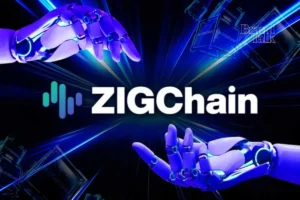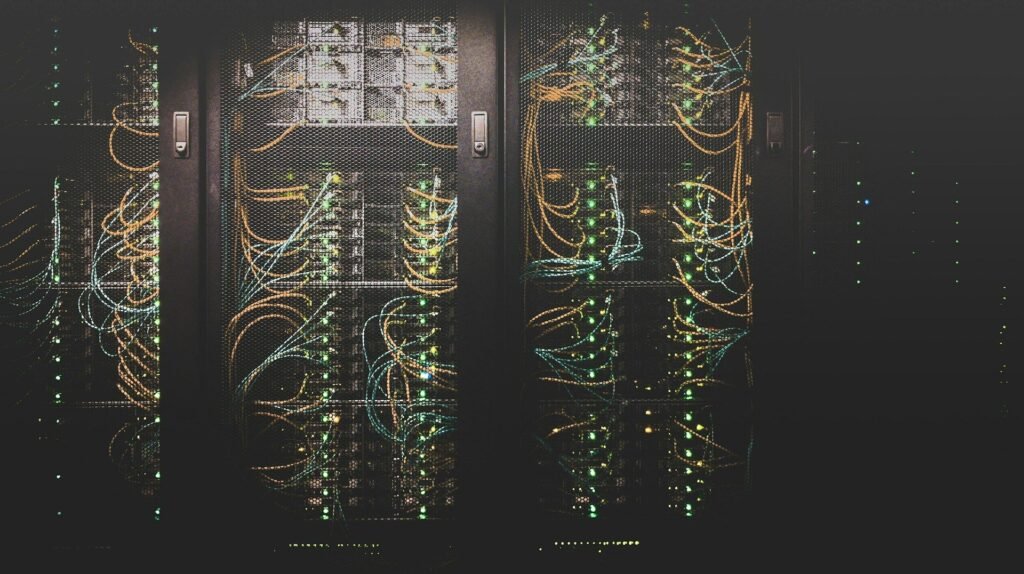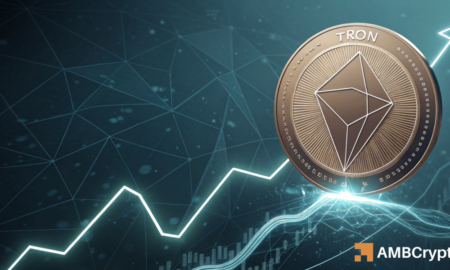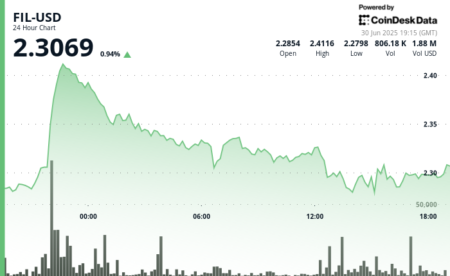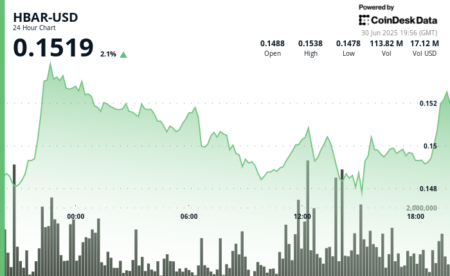The Surge of GameFi Tokens and the Stagnation of Distributed Compute Tokens in Tech Investment
Introduction
In the rapidly evolving landscape of technology investments, the disparity between the soaring valuations of GameFi tokens and the stagnation of distributed compute tokens raises critical questions. Many investors appear to exhibit an optimistic outlook towards GameFi, with values often disconnected from their current user engagement or revenue streams. Notably, a CoinDesk investigation highlighted that, despite a billion-dollar market cap, platforms like Decentraland struggled to attract active users. Conversely, distributed compute tokens, crucial for decentralized networks supporting AI and compute workloads, lack the same speculative appeal, even with established market counterparts benefiting from substantial capital and user bases.
Market Overview
According to CoinMarketCap, the market cap for distributed compute tokens, which encompass prominent names like BitTensor, Aethir, and Render, is approximately $12 billion. In contrast, the GPU as a service industry is valued at $8 billion with an expected surge to $26 billion by 2030, as per MarketsandMarkets. Traditional finance companies, such as CoreWeave, showcase a stark contrast with a market cap reaching $79.2 billion and expectations of $5.1 billion in revenue by 2025. Despite CoreWeave’s mounting losses, its stocks surged by 300% this year, pointing toward investors’ confidence in its established presence in AI infrastructure.
The Difference in Demand
While decentralized compute networks offer similar services as CoreWeave—such as providing AI inference and rendering—they operate on a radically different model. By acting as brokers housing existing GPUs without the necessity for exorbitant capital expenditures, these decentralized platforms can maximize scalability without the risk associated with building proprietary server farms. Their models demonstrate both efficiency and real-world application, yet they still command a fraction of CoreWeave’s market cap. This disparity raises questions about the criteria used by investors when evaluating the potential of these platforms against traditional models.
Valuation Inconsistencies
The contrast between the allure of GameFi tokens and the muted valuation of distributed compute tokens presents a puzzling scenario. GameFi has drawn irrational enthusiasm from the market, reflecting a tendency to vastly inflate potential based on speculative future returns. Conversely, distributed compute tokens are misjudged. They provide clear, operational solutions in a growing industry and embody a more capital-efficient model yet are undervalued. This inconsistency creates ripe opportunities for savvy investors who can differentiate between speculative hype and tangible innovation.
Recent Market Movements
In recent developments, entities like SRM Entertainment—a firm backed by Justin Sun—demonstrated strategic maneuvers to bolster their positions in the market. Their recent move to stake 365 million TRX tokens could yield significant annual returns, encapsulating a new treasury strategy mirroring successful Bitcoin-holding businesses. Meanwhile, burgeoning platforms such as Sogni AI have launched their mainnet for generative AI workflows, positioning their native token, SOGNI, across various exchanges. This indicates a shift in interest toward decentralized solutions, potentially setting a precedent for greater adoption.
The Road Ahead: Capitalizing on Opportunities
In the long run, the potential for growth in decentralized compute tokens cannot be overstated. As the GPU as a service sector continues to expand and the demand for innovative technology solutions rises, early investments in these platforms could lead to considerable returns. Investors need to approach their strategies with a mindset open to the nuanced realities behind valuations in this space. Recognizing the intrinsic value of decentralized compute networks in delivering effective services compared to the speculative hype of GameFi could prove instrumental in navigating the tech investment terrain of the future.
Conclusion
The stark contrast between the valuation of GameFi tokens and the relative stagnation of distributed compute tokens provides insight into market dynamics and investor sentiment. As technology continues to evolve, understanding these nuances will be essential for both current and future investors looking to capitalize on the burgeoning opportunities within decentralized networks. A more informed perspective can help bridge the value gap and unlock the potential inherent in these technologies, representing not only a wise investment but also a step toward innovation in the tech landscape.



